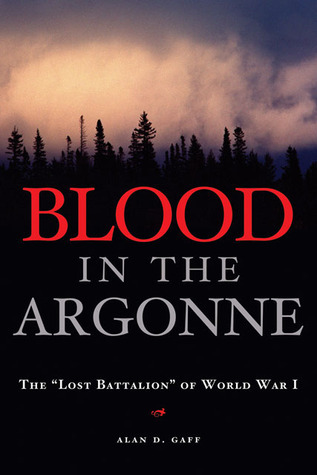

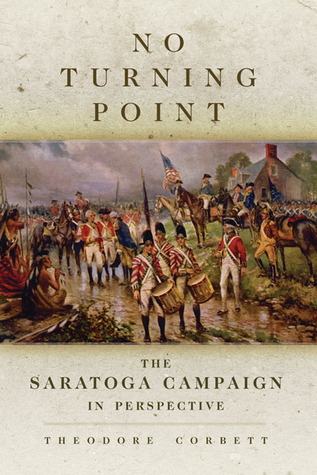
Books in series

Blood in the Argonne
The “Lost Battalion” of World War I
2005

Napoleon's Enfant Terrible
General Dominique Vandamme
2008

No Turning Point
The Saratoga Campaign in Perspective: Campaigns and Commanders Series, Book 32
2012

Special Operations in World War II
British and American Irregular Warfare - Campaigns and Commanders Series
2013
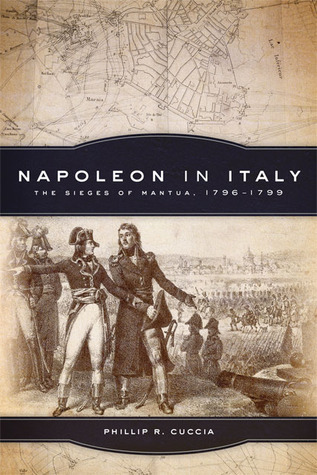
Napoleon in Italy
The Sieges of Mantua, 1796-1799
2014
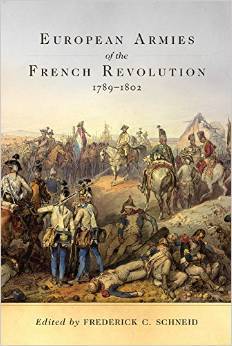
European Armies of the French Revolution, 1789–1802
2015
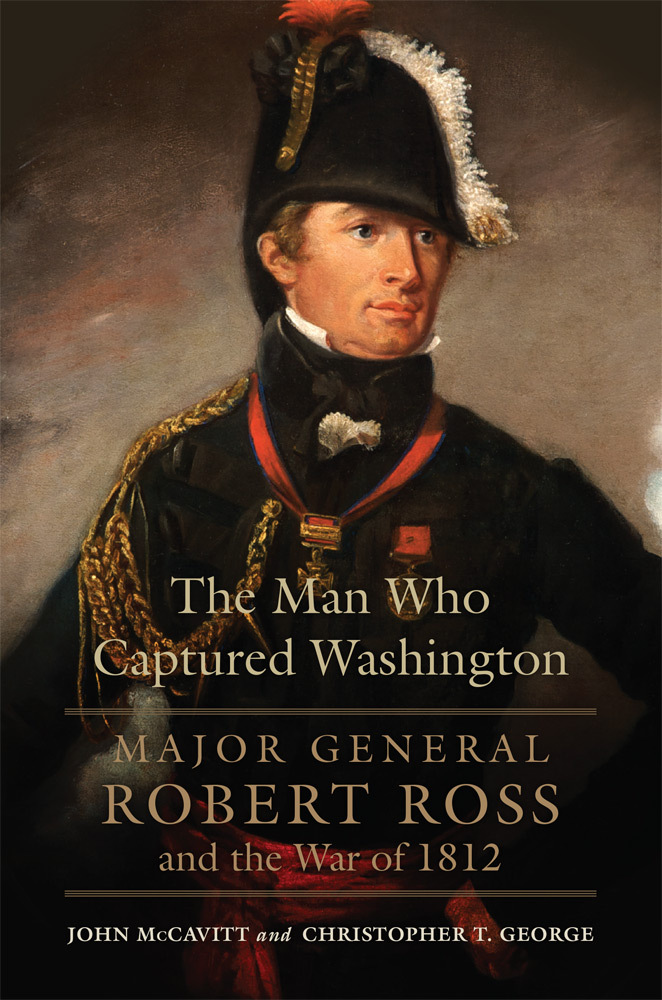
The Man Who Captured Washington
Major General Robert Ross and the War of 1812
2016
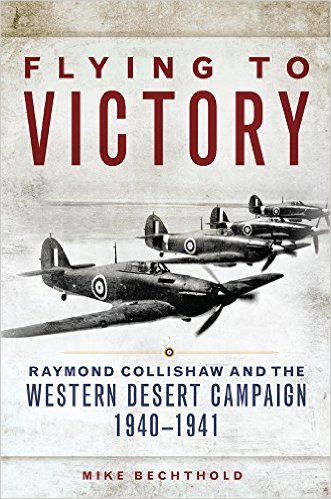
Flying to Victory
Raymond Collishaw and the Western Desert Campaign, 1940-1941
2017
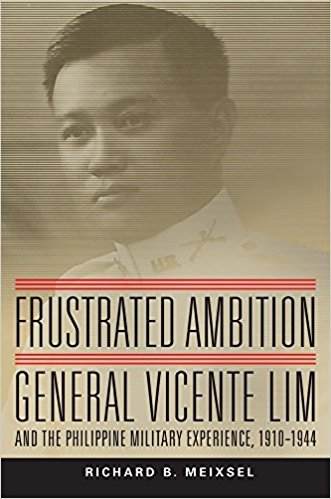
Frustrated Ambition
General Vicente Lim and the Philippine Military Experience, 1910–1944
2018
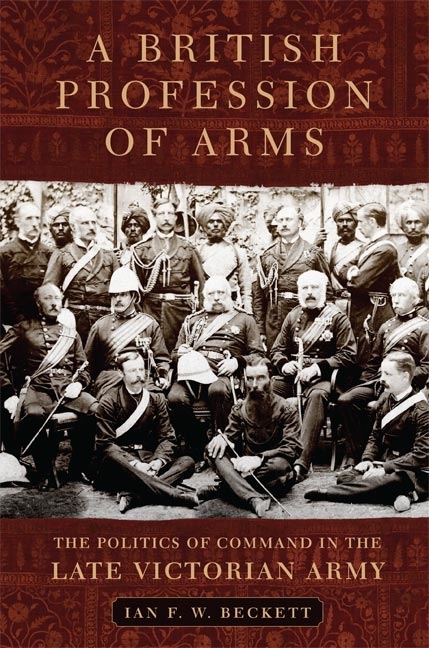
A British Profession of Arms
The Politics of Command in the Late Victorian Army
2018

The Second Colorado Cavalry
A Civil War Regiment on the Great Plains
2020

A Military History Of The Cold War 1962–1991
2020
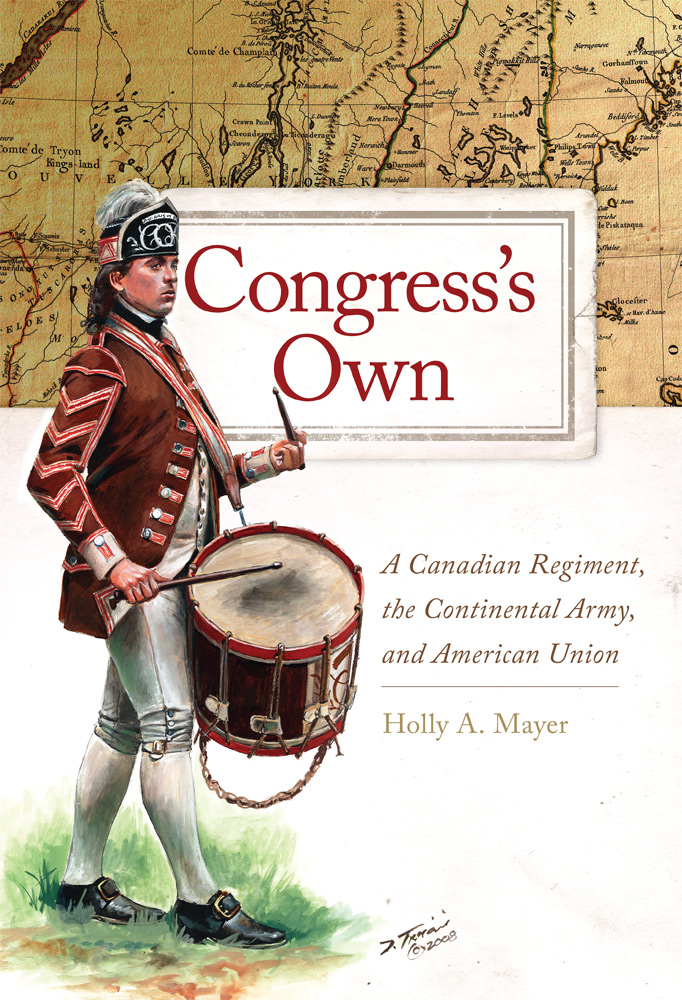
Congress's Own
A Canadian Regiment, the Continental Army, and American Union (Volume 73)
2021
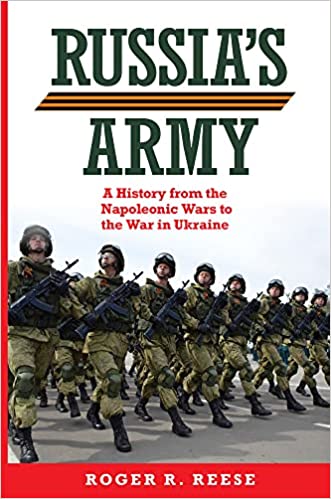
Russia's Army
A History from the Napoleonic Wars to the War in Ukraine
2023
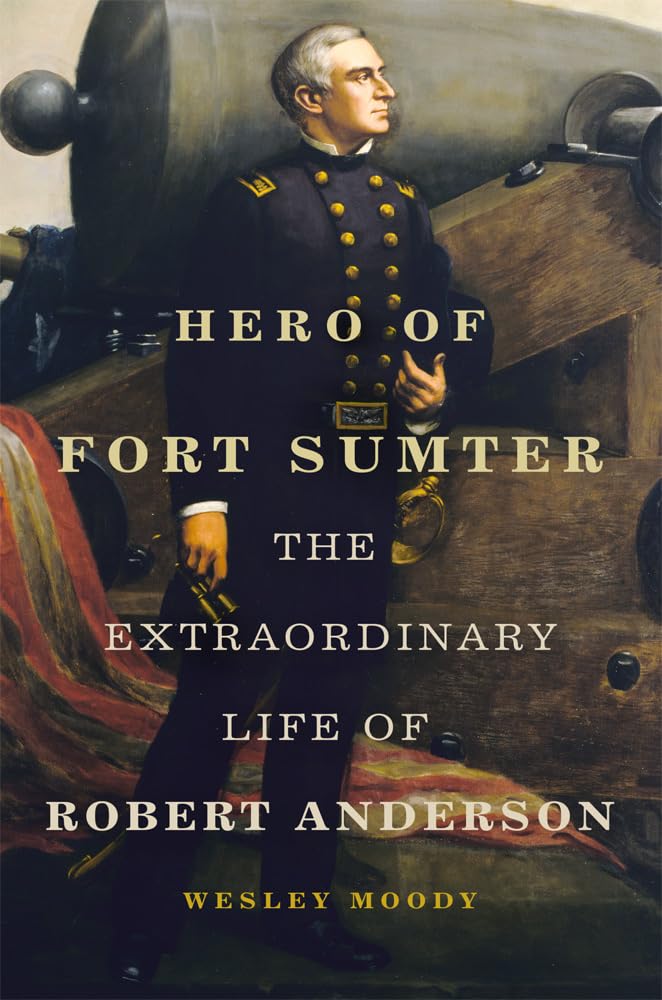
Hero of Fort Sumter
The Extraordinary Life of Robert Anderson
2025
Authors

I am an historian and author. My latest book, "Field of Corpses: Arthur St. Clair and the Death of an American Army" is out now. Other recent books include the bestselling "Lou Gehrig: The Lost Memoir," "Amid the Ruins: Damon Runyon: World War I Reports from the Trenches," and "From the Halls of the Montezumas: Mexican War Dispatches from James L. Freaner." Some of my other books are "Bayonets in the Wilderness," "Blood in the Argonne," "On Many A Bloody Field," "Ordered West," and "A Corporal's Story." I am also the President of Historical Investigations, a company specializing in historical and genealogical research. Be sure to follow me on Good Reads and other social media for blog posts, updates, and other information about history and writing.